First, GIS is like post-modern cartography. What people once did with quills and sextants is now done on computers and in clouds. Actually, GIS probably began about 1 million years ago when early man began to recognize the best hunting and gathering locations in his domain.
Second, the Esri User Conference is unlike any conference anyone’s ever been to before… ever. It can be thought of as many things, like the best place for technical training, the ultimate spot for amazing collaboration and networking opportunities, or as my wife affectionately refers to it, GIS Gone Wild. I just call it awesome.
Let’s step back in time to 2012, when I was a simple Student Assistant, arriving in San Diego for the first time from grad school in Chicago. I was one of 60 lucky students from around the world who were selected to attend and work at the conference. The Student Assistants are seen as the next generation of GIS, and Esri empowers them through this conference to connect with their future.
Understandably, this was one of the most amazing experiences of my life. I overwhelmed with the excitement and knowledge of so many GIS professionals converging in one place. I don’t think my feet touched the ground all week. We were all on the same level, gorging on new technologies, meeting new people, buzzing through the exhibit halls and corridors in a constant state of GIS mania. Putting faces to names. Finally understanding how products worked. Learning what are going to be the next big things. The smile never left my face.
Fast forward to 2014, when I am a proud Esri employee working in Support, and I once again attend the User Conference. This time I arrive as a staff member working with the Student Assistants. I am so excited for them. I remember what this conference meant to me, and what it still means to me. Even as I write these words I am glancing at the calendar, marking off the days until next year’s conference.
This year’s group of students is as strong and promising as I remember my group being. They are hungry, curious, and relatively speaking, young. I try to explain how amazing this opportunity to be at the User Conference is for them, both personally and professionally. Lucky for them, I’m not the only Esri staff on hand. We have an incredible team that works with the students. Terri Bliss has been working with the Student Assistants for 5 years, and has been at Esri for over 20 years. Terri probably knows by name and is liked by every single Esri employee.
Pete Hollis is one of the nicest and most sincere human beings I’ve ever met, not to mention extremely competent. Melissa Quintana is new to the team, but threw herself into the mix with the same interest and excitement that I felt two short years ago. Michael Johnson works on the recruitment HR side, and is a tireless “miracle worker” who ensures that high-caliber students are brought into our temporary family. Matt Payne is a fellow Support analyst and veteran User Conference student leader, whose sharp dress and quick wit are surpassed only by his critical thinking and managerial abilities. And me? I just feel grateful to work with these amazing people.
Now back to our regularly scheduled blog post, where people who have never attended the conference have trouble understanding what it feels like to be there. There are three main reasons that the Esri User Conference stands apart from other conferences. The first reason is the location of the conference. San Diego is a beautiful city full of unique attractions, great food, and great weather. In one day you can attend a technical workshop, get your picture taken with Jack Dangermond, grab a coffee, go to the beach, tour an aircraft carrier, grab another coffee on your way to catch a baseball game, and then meet up with your colleagues at one of the many fabulous restaurants and bars. And if you brought your passport, you can even pass an afternoon in Mexico using public transportation.
The second reason, even more important factor then easy, breezy San Diego, is Esri. I wrote a blog back in the day about what it feels like to work at Esri, and that feeling has remained unchanged after 1.5 years. Forget about the fact that I love GIS, and Esri is all about GIS. Forget about the fact that I get to live in a mountain community with snow and bears and I can still commute to work with my wife every day. Forget about the fact that I am constantly challenged with, and trained on, the latest and greatest technologies, both hardware and software. The fact remains that Esri has attracted and retained some of the most amazing people I have ever had the pleasure of working with in my life. And these same people come to the conference. They work, they present, they socialize. They make this conference amazing.
However, better than Esri, cooler than San Diego, the best part of the conference… is you. The customer, the presenter, the collaborator, the vendor, the family and friends that come with you and hangs out at the pool or Kids Camp during the conference. I met and talked with you in sessions, in line at Starbucks, in the Exhibit Hall, in the elevator, then again at the bars. We sat on the floor at Registration and watched the World Cup together. We held doors and gave directions to each other. We laughed and ate tasty food together in the Map Gallery. There was so much joy and camaraderie in you all. This is the magic beyond planning and plenaries. This is the feeling that is greater than the sum of every button worn or selfie taken. This is why no one has ever been to a conference like the User Conference.
Now the conference is over. In this rare quiet moment, after I leave San Diego and return to my haven in the mountains, I sit and reflect on what the conference looked like through the eyes of the Student Assistants. To be honest, it’s much the same as what you and I experienced. It’s like the first years of college, or summer camp, when everything is new and possible, and everyone can be your friend. It’s like the best thing ever. I hope to share this with you again next year. Until then, get some rest.
for more information on the Esri User Conference Student Assistantship Program
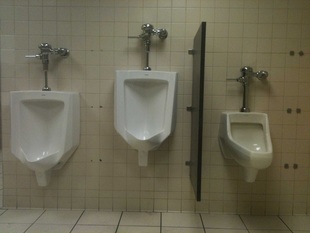
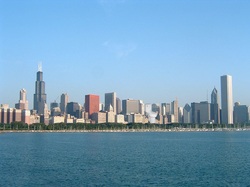
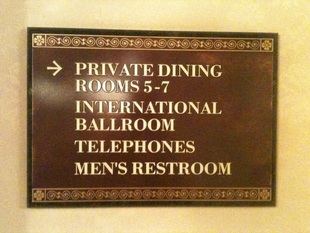
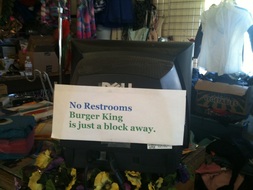
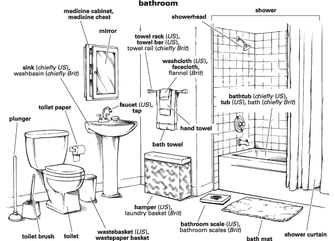
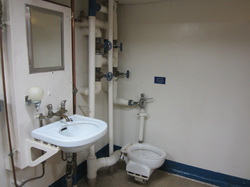
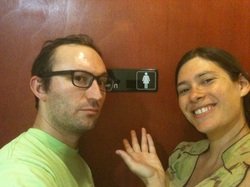
 RSS Feed
RSS Feed